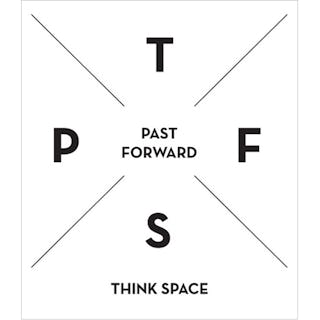Think Space Pamphlets
Editorial team: Sanja Cvjetko Jerkovic, Luka Korlaet, Ana Dana Beroš, Lukas Pauer, Adrian Lahoud with Kata Gašpar, editoral executive assistant

2nd Think Space Unconference Edition, Zagreb, February, 2013
Recent history is an unlikely category, falling in the unfashionable epistemic gap before the contemporary, and after history 'proper'. The Past Forward Call for Papers enters this space by looking back to the recent era, but also much deeper into the history of architecture, aiming to question and problematize notions of originality within architectural discourse.
Our contribution, Velikov, K., Thün, G., & McTavish, D. (2013). Fragmentary Utopistics: Towards a Manifesto for a Megaregional Public. Think Space Pamphlets, 2nd Edition (February), 122-138 responds to a provocation to authors to revisit the construct of architectural utopias:
Too often slung as an insult by theorists and critics, and in recent times avoided by architects, the notion of utopia must be recast. Against the utopias of totalizing formal, social and moral vision, and in light of imminent transformations within global systems, visions of alternative worlds are again a disciplinary imperative. Positioned relative to a historical reading of literary and architectural utopias, a definition of 'fragmentary utopistics' is developed through the investigation of the Smithsons' Hauptstadt Berlin, Cedric Price’s Potteries Thinkbelt, and ‘Berlin: a Green Archipelago’, by O.M. Ungers et al. These utopian visions are situated in the world, confronting the on-the-ground realties of the city while simultaneously proposing alternatives within its spatio-temporal territory. Fragmentary utopistics is figured as a manifesto through which to project a contemporary concept of utopia as a radical re-visioning of politics at the scale of the megaregion. Situated within ecologies and agents of North America's Great Lakes Megaregion, the manifesto leverages patterns of urban migration, mobility and the anticipated yield of a near-future renewable energy system towards alternate social ends and imagines a possible future for urban peripheries through this lens.